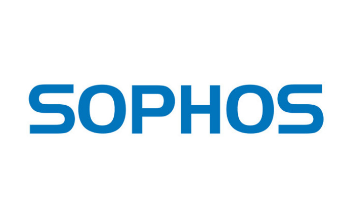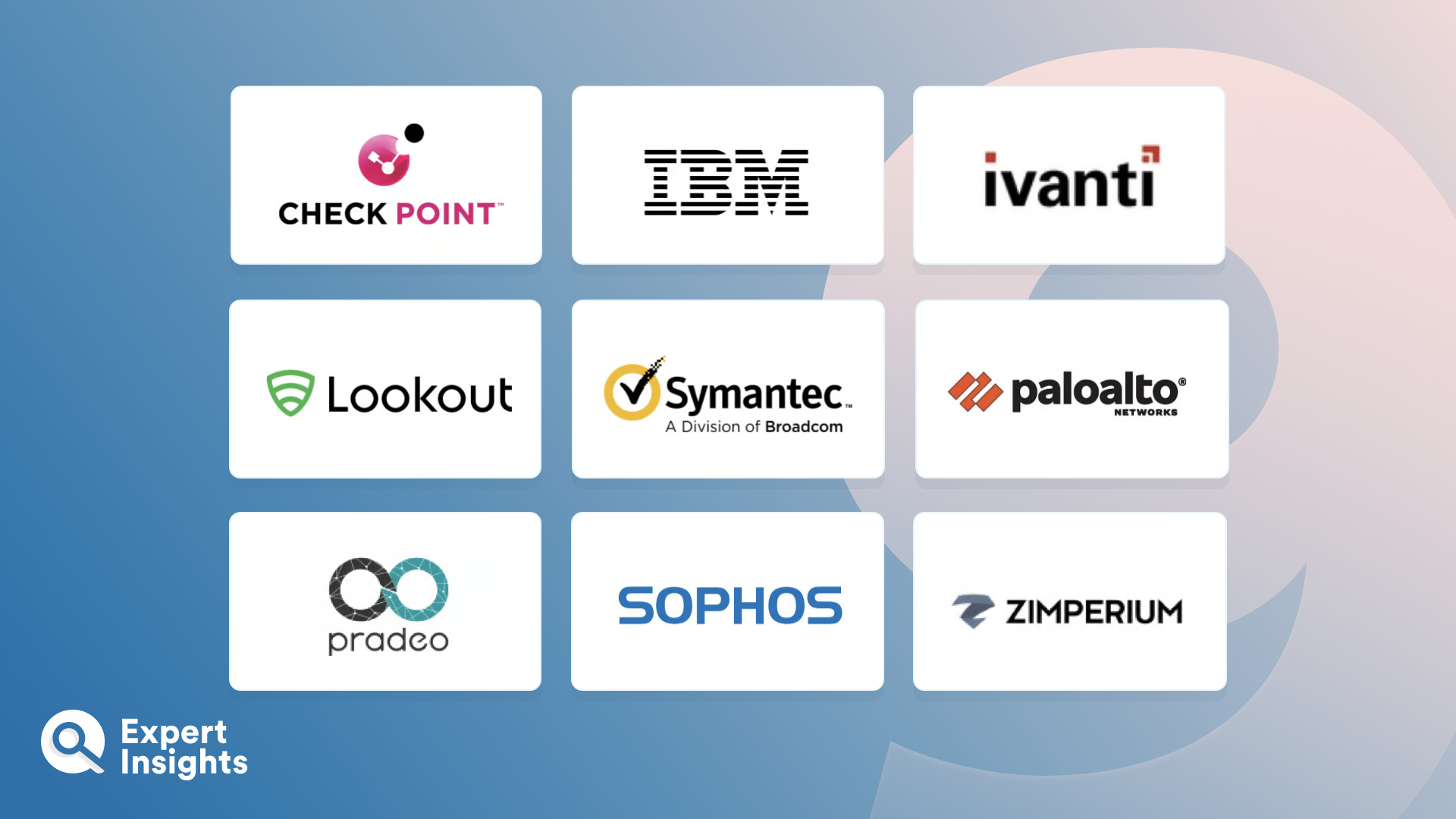FAQs
What Is Mobile Threat Defense?
Mobile threat defense (MTD) is a security tool that is designed to detect cyber threats and protect mobile devices from these threats. Common capabilities include the ability block websites, apply MFA or 2FA, analyze application characteristics, respond to threats in real-time, and monitor user or device behavior. MTD tools can analyze mobile devices for misconfigurations and facilitate developer and debugging modes.
MTD will provide a full and consolidated view into the health and activity of mobile devices that have been integrated into the network and the solution. It can roll out updates and patches, and enforce access policies to both sites and applications, as well as detecting, mitigating, and preventing mobile-borne threats.
What Is The Difference Between Mobile Threat Defense And Mobile Device Management?
Mobile device management (MDM) allows you to manage and monitor what your devices are doing and how they are doing it. Mobile threat defense (MTD) takes these monitoring capabilities to identify threats, then carry out effective remediation.
While mobile threat defense is a proactive and responsive tool (meaning that it will detect and respond to threats and alert admins), mobile device management (MDM) is a security tool that allows admins to control, secure, and enforce policies on mobile devices. It’s often integrated into larger security tools such as enterprise mobility management (EMM) and unified endpoint management (UEM).
MDM is able to manage devices, but it is not able to provide the responsive security that MTD does. There are, however, a range of handy features that are part of an MDM tool. It can apply security policies, create predefined user profiles for faster onboarding, reporting, device inventory, app management, app allowlisting and blocklisting, provide data encryption, device location management via GPS and remote wiping. While these features add value, MDM is not as effective at responding to specific threats as MTD is.
It is common for larger organizations to have both MTD and MDM working in conjunction with each other.
Why Do I Need Mobile Threat Defense?
The attack landscape is, and will be, forever changing. Currently, that means that mobile phones–both work and personal–are an enticing target for attackers. They provide an entrance into a company as well as the user’s own personal data.
Personal devices often get used for work for a range of reasons. For example, a user may need to access emails outside of work hours, confirm their identity during MFA processes, or for reading data and completing documents. While business devices are generally “strictly” for business, they are seldom treated as such. In some cases, users will need to use their personal email accounts as an additional way of confirming their identity if their credentials need to be reset.
There can also be crossover with passwords, application use, and credentials which can result in a much larger attack surface area, more attack vectors, and more credentials that can be taken advantage of. Mobile threat defense protects users’ devices from attacks like email and SMS phishing, zero-day threats, and malware. It can block access to malicious sites and notify your users of relevant threats.
What Are The Key Features Of A Mobile Threat Defense Solution?
- Search And Find Features: This allows you to physically recover a stolen or lost device, thereby preventing it from falling in to an attacker’s hands.
- Threat Intelligence: This allows teams to better understand the threats they’re facing and how to respond to them quickly.
- Machine Learning: This will create an accurate baseline of user and device behavior, alerting admins when anomalous activity is detected.
- Dashboards: Clear and consolidated dashboard allow for effective navigation, and allow admins to understand activity through strong visualizations and reports.
- Access Control: Access to certain parts of the network should be controlled and restricted to relevant users.
- Secure Remote Access: It’s important for MTD solutions to have a secure remote access feature which can provide secure access to internal and cloud-based business applications.
- URL Filtering: Blocking URLs that users should not access can help to enforce acceptable use policies and prevent access to malicious or inappropriate content.
- App-Level VPN: This should be supported by BYOD policies that can enable VPN access for enhanced user privacy and security.
- Zero-Trust Implementation: Zero trust approaches are useful in providing reliable user identification to admins, restricting access, and enforcing multi-factor authentication where needed.
- Remote Wiping: If a device is stolen or lost, remote wiping can remove any sensitive information, meaning that the device cannot be used in a subsequent attack.
How Does Mobile Threat Defense Work In Practice?
MTD solutions will scan for threats and monitor devices to understand security posture. They will monitor OS versions, configurations, system parameters, and firmware to ensure that vulnerabilities are resolved, or, at least, identified.
The tools will also scan, track, and notify admin of instances of suspicious activity, such as users attempting to gain access to certain off-limits network areas or by trying to work around blocked or restricted website access.
MTD solutions can also be applied at the network level to monitor traffic for any suspicious activity. At the network level, MTD can monitor for attacks such as man-in-the-middle attacks or any other anomalous background activity where data moves to and from a device. They are especially useful in detecting spoofed and invalid certificates.















